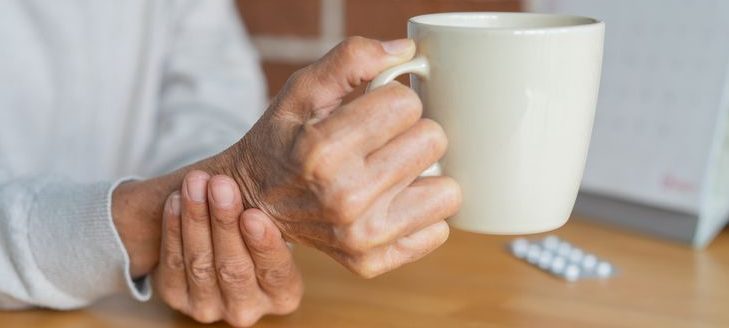Photo Credit: Dragos Condrea
The following is a summary of “Comprehensive assessment and progression of health status during neurorehabilitation in survivors of critical illness: a prospective cohort study,” published in the November 2024 issue of Critical Care by Egger et al.
Prior research has demonstrated that survivors of critical illness frequently experience long-term impairments, collectively known as post-intensive care syndrome (PICS), encompassing physical, cognitive, and mental challenges, including intensive care unit (ICU)-acquired weakness (ICUAW), with a limited understanding of the progression and outcomes of the conditions.
Researchers conducted a retrospective study to evaluate health status and its progression during neurorehabilitation in individuals with critical illness, described the prevalence of PICS, and evaluated factors associated with rehabilitation outcomes.
They included patients with mixed critical illness causes who received ≥5 days of mechanical ventilation in the ICU and were admitted to neurorehabilitation in a prospective cohort study. Outcomes were assessed at ICU discharge (V1) and before discharge from neurorehabilitation (V2). The prevalence of PICS, defined as at least 1 impairment in any PICS dimension, was calculated at V1 and V2. Multiple logistic regressions identified factors associated with rehabilitation outcomes (poor outcome = modified Rankin Scale >2) and ICU-acquired weakness (ICUAW) at V2 (Medical Research Council (MRC) sum score <48).
The results showed 250 survivors of critical illness (mean age 62 ± 14 years, 34% female, median ICU stay 55 days, median rehabilitation stay 65 days), 11 participants (4.4%) died before V2 and all outcomes improved during rehabilitation, except sensory impairment and pain, while PICS was present in 96% at V1 and 85% at V2, with physical impairment (V1: 87%, V2: 66%; ICUAW with MRC sum score <48) and cognitive impairment (V1: 65%, V2: 55%; Montreal Cognitive Assessment <26) being most prevalent. Mental impairment was lower (V1: 48%, V2: 29%; Hospital Anxiety and Depression Scale >7), though still significant. Health-related quality of life was low at discharge (mean EQ-5D-5L index value 0.64 ± 0.28). The MRC sum score at V1, mechanical ventilation duration, and female gender were significantly linked to poor rehabilitation outcomes. Grip strength at V1, age, female gender, and comorbidities were associated with persistent ICUAW at discharge.
Investigators concluded that, despite significant rehabilitation improvements, survivors of critical illness experienced substantial PICS and ICUAW burdens at discharge, requiring long-term follow-up and tailored multi-disciplinary therapies.
Source: annalsofintensivecare.springeropen.com/articles/10.1186/s13613-024-01396-x














Create Post
Twitter/X Preview
Logout